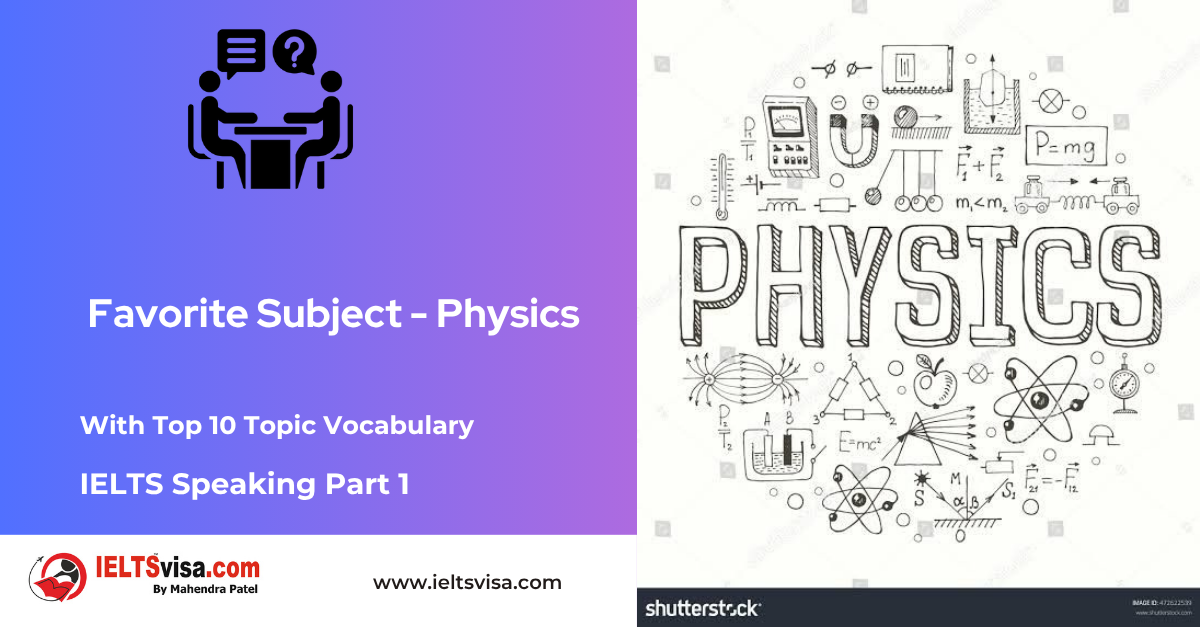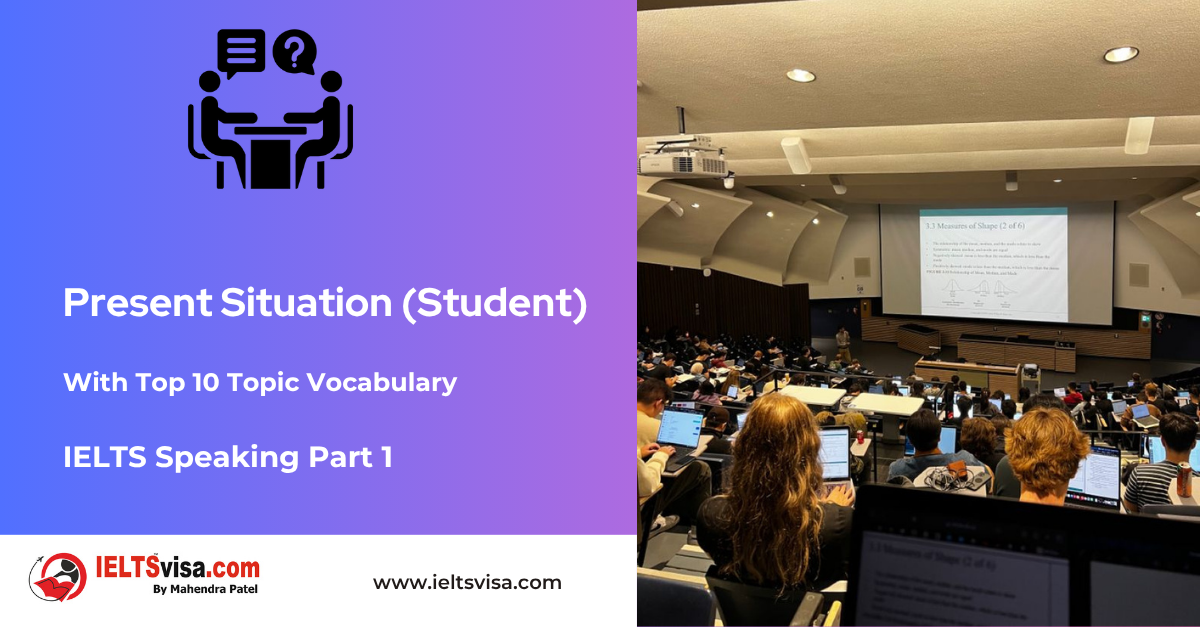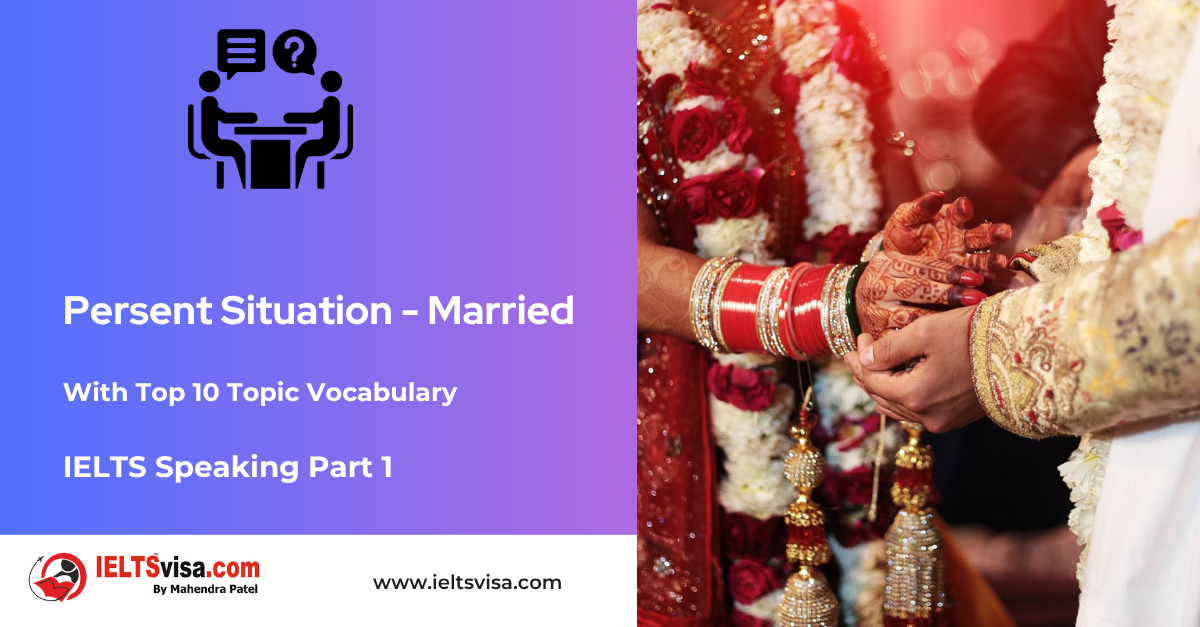The Causative Verbs
Grammar for IELTS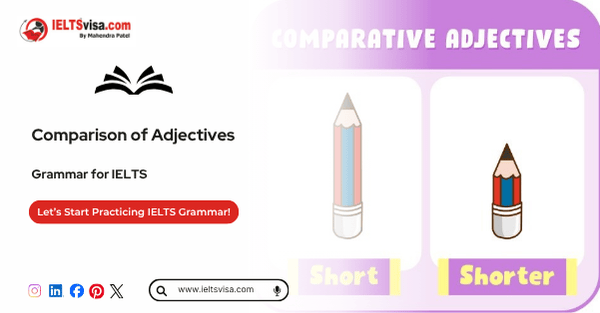
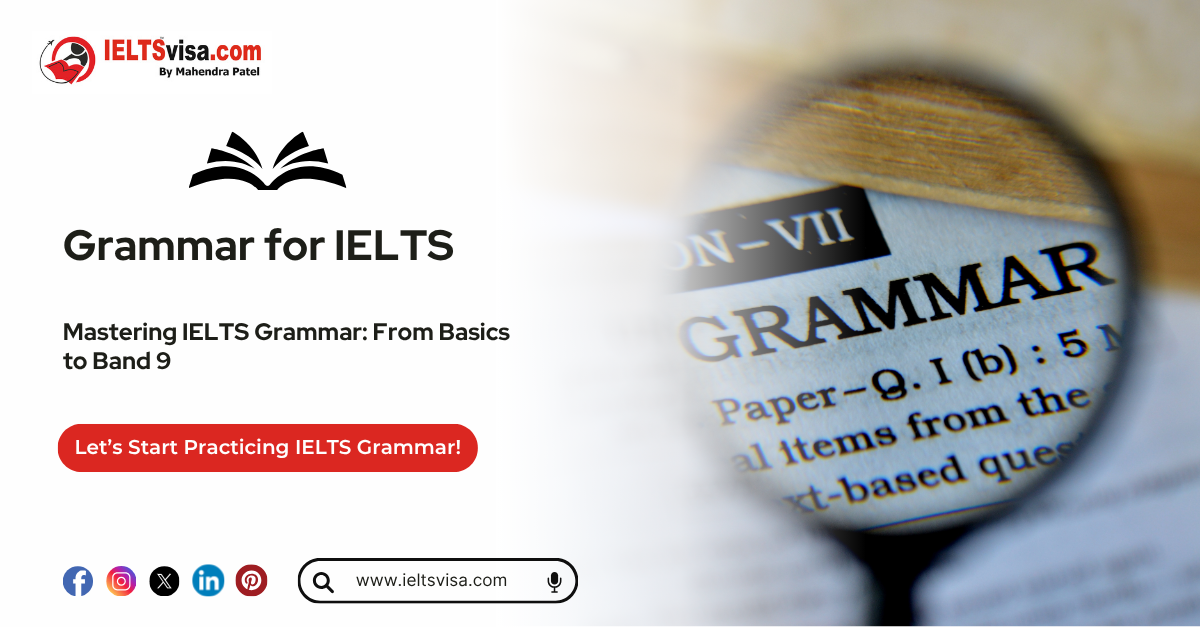
Causative Verbs
Causative verbs are an essential part of English grammar, used to show that someone causes another person or thing to perform an action. If you’re learning English or teaching it, understanding causative verbs will help you form sentences where the action is not performed directly by the subject but caused by them. Let’s dive into the definition, usage, and examples of causative verbs.
What Is a Causative Verb?
The term “causative” originates from the word “cause,” which means to bring about or make something happen. Causative verbs indicate that the subject causes another person or thing to do something or experience an action. They help us explain situations where one person influences or makes something happen indirectly.
Definitions:
-
- According to the Oxford Learner’s Dictionary, a causative verb is “a verb that expresses the idea of one person causing another person to do something or having something done.”
Example:
-
- “I had my brother fix my bike.” (I caused my brother to fix my bike.)
- “She got her car repaired.” (She arranged for someone to repair her car.)
Types of Causative Verbs
Causative verbs can be grouped into the following categories:
1. Common Causative Verbs
These verbs include “have,” “get,” “make,” “let,” and “help.” Each has a specific use and structure.
| Causative Verb | Meaning | Example |
| Have | To arrange for someone to do something | “I had my hair cut yesterday.” |
| Get | To persuade or arrange for someone to do something | “She got her friend to help her.” |
| Make | To force or compel someone to do something | “The teacher made us clean the classroom.” |
| Let | To allow someone to do something | “He let me borrow his car.” |
| Help | To assist someone in doing something | “Can you help me carry these bags?” |
How to Use Causative Verbs
1. Have
The causative verb have is used to indicate that someone arranges for another person to perform an action.
Structure:
-
- Subject + have + object + base verb (for actions)
- Subject + have + object + past participle (for results)
Examples:
1. “I had the mechanic repair my car.” (Action)
2. “She had her room cleaned by the maid.” (Result)
2. Get
The causative verb get suggests persuasion or arranging for someone to do something.
Structure:
-
- Subject + get + object + to-infinitive
Examples:
1. “He got his sister to wash the dishes.”
2. “We got the painter to paint the house.”
3. Make
The causative verb make indicates compulsion or force. It shows that the subject forces someone to perform an action.
Structure:
-
- Subject + make + object + base verb
Examples:
1. “The coach made the players run five laps.”
2. “My parents made me apologize to my teacher.”
4. Let
The causative verb let means to allow or permit someone to do something.
Structure:
-
- Subject + let + object + base verb
Examples:
1. “He let me use his phone.”
2. “The teacher let the students leave early.”
5. Help
The causative verb help means to assist or aid someone in doing something.
Structure:
-
- Subject + help + object + base verb/to-infinitive
Examples:
1. “She helped me complete my homework.”
2. “Can you help us to solve this problem?”
Types of Causative Verbs
Causative verbs can be grouped into the following categories:
1. Common Causative Verbs
These verbs include “have,” “get,” “make,” “let,” and “help.” Each has a specific use and structure.
| Causative Verb | Meaning | Example |
| Have | To arrange for someone to do something | “I had my hair cut yesterday.” |
| Get | To persuade or arrange for someone to do something | “She got her friend to help her.” |
| Make | To force or compel someone to do something | “The teacher made us clean the classroom.” |
| Let | To allow someone to do something | “He let me borrow his car.” |
| Help | To assist someone in doing something | “Can you help me carry these bags?” |
How to Use Causative Verbs
1. Have
The causative verb have is used to indicate that someone arranges for another person to perform an action.
Structure:
-
- Subject + have + object + base verb (for actions)
- Subject + have + object + past participle (for results)
Examples:
1. “I had the mechanic repair my car.” (Action)
2. “She had her room cleaned by the maid.” (Result)
2. Get
The causative verb get suggests persuasion or arranging for someone to do something.
Structure:
-
- Subject + get + object + to-infinitive
Examples:
1. “He got his sister to wash the dishes.”
2. “We got the painter to paint the house.”
3. Make
The causative verb make indicates compulsion or force. It shows that the subject forces someone to perform an action.
Structure:
-
- Subject + make + object + base verb
Examples:
1. “The coach made the players run five laps.”
2. “My parents made me apologize to my teacher.”
4. Let
The causative verb let means to allow or permit someone to do something.
Structure:
-
- Subject + let + object + base verb
Examples:
1. “He let me use his phone.”
2. “The teacher let the students leave early.”
5. Help
The causative verb help means to assist or aid someone in doing something.
Structure:
-
- Subject + help + object + base verb/to-infinitive
Examples:
1. “She helped me complete my homework.”
2. “Can you help us to solve this problem?”
Key Differences: Have vs. Get
Have Something Done:
-
- Indicates arranging for someone else to do something for you.
- Example: “I had my house painted.” (Someone else painted the house.)
Get Something Done:
-
- Suggests arranging for someone to do something or persuading them.
- Example: “I got my friend to fix my computer.” (I persuaded my friend.)
Causative Verb Examples
Here are examples to help clarify how causative verbs work:
-
- Have:
- “We had the carpets cleaned yesterday.”
- “She has her students complete the assignments on time.”
- Get:
- “I got him to explain the topic again.”
- “They got their house painted before the wedding.”
- Make:
- “The movie made me cry.”
- “She made her brother share his toys.”
- Let:
- “My parents let me go to the party.”
- “He let his children play outside.”
- Help:
- “He helped me fix my bike.”
- “Can you help her solve this puzzle?”
- Have:
Practice Exercise: Fill in the Blanks
Use the correct causative verb to complete the sentences:
1. The teacher _______ the students finish their project on time. (help)
2. She _______ her son clean his room before dinner. (make)
3. We _______ a professional photographer, take our family photo. (have)
4. Can you _______ me carry these bags to the car? (help)
5. They _______ their friends to join them for lunch. (get)
Answers:
1. helped
2. made
3. had
4. help
5. got

Our Books
Master IELTS Speaking Part 1
IELTS Writing Task 1 Book
IELTS Writing Task 2 Book
Practice IELTS Other Modules
IELTS Listening
The IELTS Listening test assesses how well you can understand spoken English in various contexts. It lasts about 30 minutes and is divided into four sections with a total of 40 questions. The listening tasks become increasingly difficult as the test progresses.
IELTS Academic Reading
The IELTS Academic Reading section assesses your ability to understand and interpret a variety of texts in academic settings. It is designed to evaluate a range of reading skills, including skimming for gist, reading for main ideas, reading for detail, understanding inferences, and recognizing a writer's opinions and arguments.
IELTS Speaking
The IELTS Speaking test assesses your ability to communicate in English on everyday topics. It lasts 11-14 minutes and consists of three parts: introduction, cue card, and a discussion based on the cue card topic.
IELTS General Reading
IELTS General Reading tests your ability to understand and interpret various types of texts. Here are some key areas and types of content you can expect to encounter in the reading section, along with tips for effective preparation.
IELTS Academic Writing Task 1
In IELTS Academic Writing Task 1, you are presented with a visual representation of information, such as graphs, charts, tables, or diagrams, and you are required to summarize, compare, or explain the data in your own words.
IELTS General Writing Task 1
In IELTS General Writing Task 1, you are required to write a letter based on a given situation. The letter can be formal, semi-formal, or informal, depending on the prompt. Here’s a breakdown of the key components to include in your letter
IELTS Academic Writing Task 2
In IELTS Academic Writing Task 2, you are required to write an essay in response to a question or topic. Here’s a guide to help you understand the essential elements of this task
IELTS Exam Tips
To succeed in the IELTS exam, practice regularly, familiarize yourself with the test format, improve your vocabulary, develop time management skills, and take mock tests to build confidence.
Grammer for IELTS
Grammar is the foundation of effective communication in English. Understanding tense usage, subject-verb agreement, and sentence structure enhances clarity and coherence in writing and speaking.
Vocabulary for IELTS
Vocabulary plays a crucial role in the IELTS (International English Language Testing System) exam, especially in the Speaking and Writing sections. Here’s an overview of why vocabulary is important and how it impacts your performance
RECENT IELTS SAMPLES QUESTIONS AND ANSWERS
IELTS Speaking Part 1 – Favourite Sujbect – Physics
IELTS Speaking Part 1 - Favourite Sujbect - Physics Q: What is your favourite subject? A: My favourite subject...
IELTS Speaking Part 1 – Present Situation (Student)
IELTS Speaking Part 1 - Present Situation (Student) Q1: Are you a student or do you work?A: I’m a full-time...
IELTS Speaking Part 1 – Present Situation – Employee – as an International Student and Social Worker
IELTS Speaking Part 1 - Present Situation - Employee - as an International Student and Social Worker Q1: Are...
IELTS Speaking Part 1 – Persent Situation – Employee- as an Electric Engineer
IELTS Speaking Part 1 - Persent Situation - Employee- as an Electric Engineer Q1: What do you do for a...
IELTS Speaking Part 1 – Persent Situation – Employee – as an Software Engineer
IELTS Speaking Part 1 - Persent Situation - Employee - as an Software Engineer Q1: What do you do for a...
IELTS Speaking Part 1 – Persent Situation – Married
IELTS Speaking Part 1 - Persent Situation - Married Q1: Are you married?A: Yes, I am married. My spouse and I...

